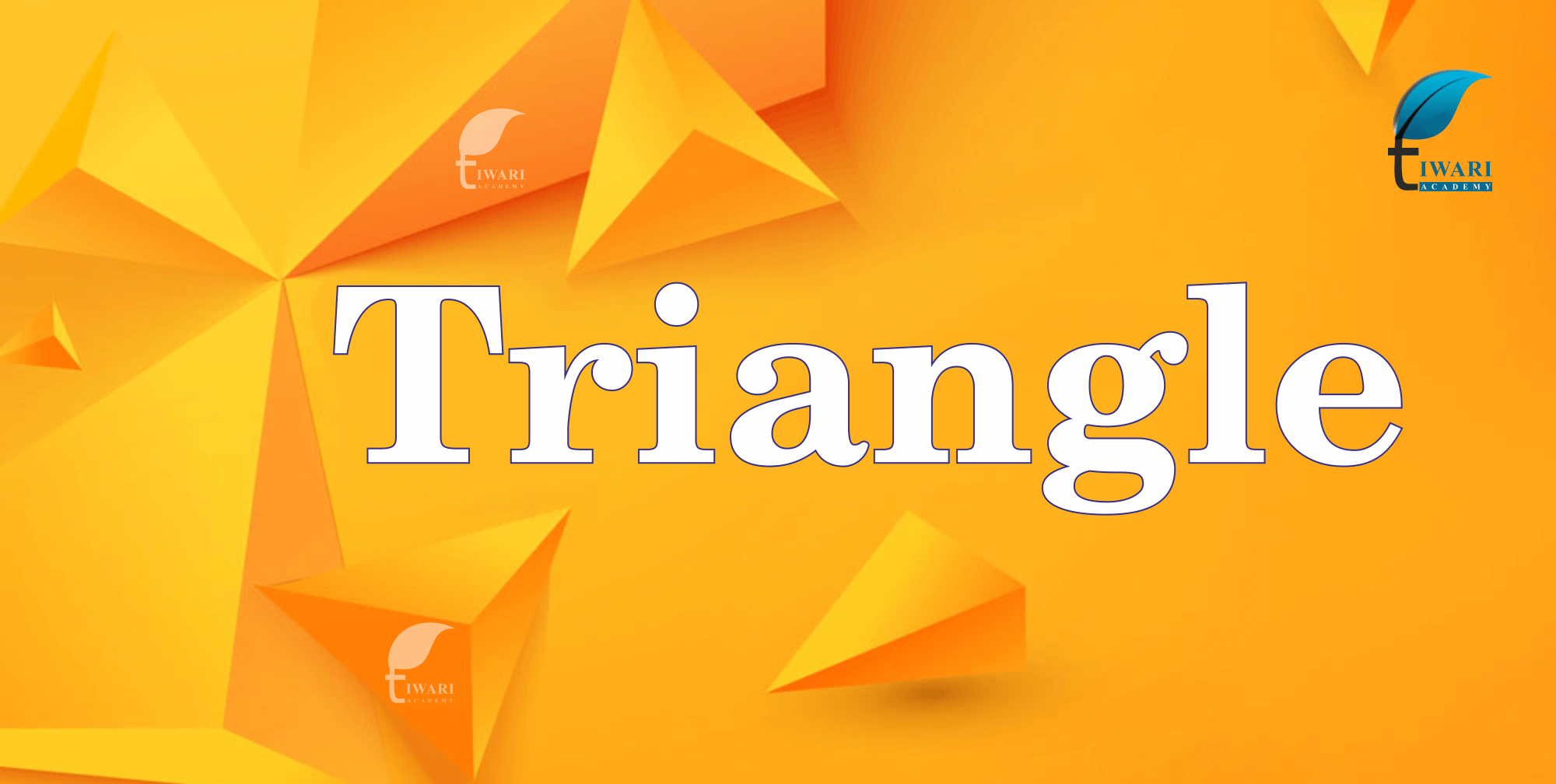Similarity of geometrical figures is an important concept of Euclidean geometry. In a way similarity is a geometric transformation of one figure into the other figure such that the measures of all linear elements (like line segments, circumference, perimeter, etc.) of one figure are in proportion to the corresponding linear elements of the other figure and all angular elements (angles form by rays) in one figure are congruent to the corresponding elements of the other figure. Similar means having same shape. If we have two figures and out of these two, one can be obtained either by diminishing (shrinking) or by enlarging (stretching) the other without any change in their shape, then the two figures are similar. A passport size photograph and its enlargement to postcard size or cabinet size photograph or its reduction to a stamp size photograph are the examples of similar figures. Two triangles are said to be similar, if their corresponding angles are equal (AAA) and their corresponding sides are in proportion (SSS).
Congruency and Similarity of Triangles
Congruency is a particular case of similarity. In both the cases, three angles of one triangle are equal to the three corresponding angles of the other triangle. But in congruent triangles, the corresponding sides are equal, while in similar triangles, the corresponding sides are proportional. Congruent triangles are always similar but similar triangles are not necessarily congruent.
Most popular theorem in geometry
Pythagoras Theorem is famous even among those persons who do not know geometry. This theorem was invented almost three thousand years ago. It is known to the world as Pythagoras Theorem but it was invented independently in all ancient civilisation including the civilisation that flourished in the plane of rivers, Sindhu and Ganga-Yamuna. Many prominent mathematicians are fascinated by this theorem. That is why more than 370 independent proofs of this theorem are available.

Solution of a Triangle
In any triangle ABC the angles A, B, C and the sides a, b, c are called elements of the triangles. In any triangle out of six elements if any three, out of which there must be one side, are known then rest three can be calculated. The method of calculating the unknowns of triangle is called solution of triangle. To solve the triangle, the ratios of the trigonometric functions of the given angles are calculated by logarithms table.
Different cases of the solutions of triangles:
- When two angles and one side of triangle is known.
- When two angles and one side between them is known.
- When all the three sides are known.
- When two sides and angle opposite to one of the sides is known.
Important Corollary
If an altitude is drawn to hypotenuse of a right angled triangle, then length of altitude is the geometric mean of the lengths of segments of hypotenuse formed by the altitude. Length of each side other than the hypotenuse is the geometric mean of length of hypotenuse and segment of hypotenuse adjacent to the side.
What is converse of Pythagoras theorem?
According to converse of Pythagoras theorem, in a triangle, if the square of a side is equal to the sum of the squares of other two sides, then the angle opposite to the first side is a right angle.
What is Apolloneous Theorem?
According to Apolloneous theorem, if AD is a median of triangle ABC, then AB² + AC² = 2(AD² + BD²).
What is Baudhayan theorem?
An Indian mathematician Baudhayan had given this theorem in about 800 BC. This theorem is similar version of Pythagoras theorem. According to Baudhayan theorem, “The diagonal of a rectangle produces by itself the same area as produced by its both sides (i.e. length and breadth)”.
What type of figures are called similar figures?
The geometrical figures which have the same shape, but are not necessarily of the same size. They are called similar figures.



